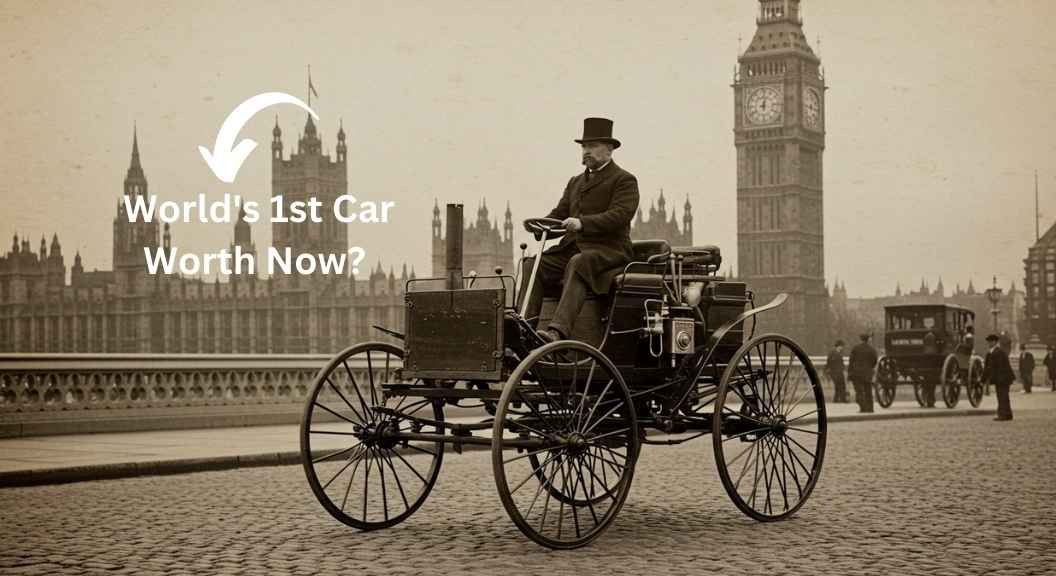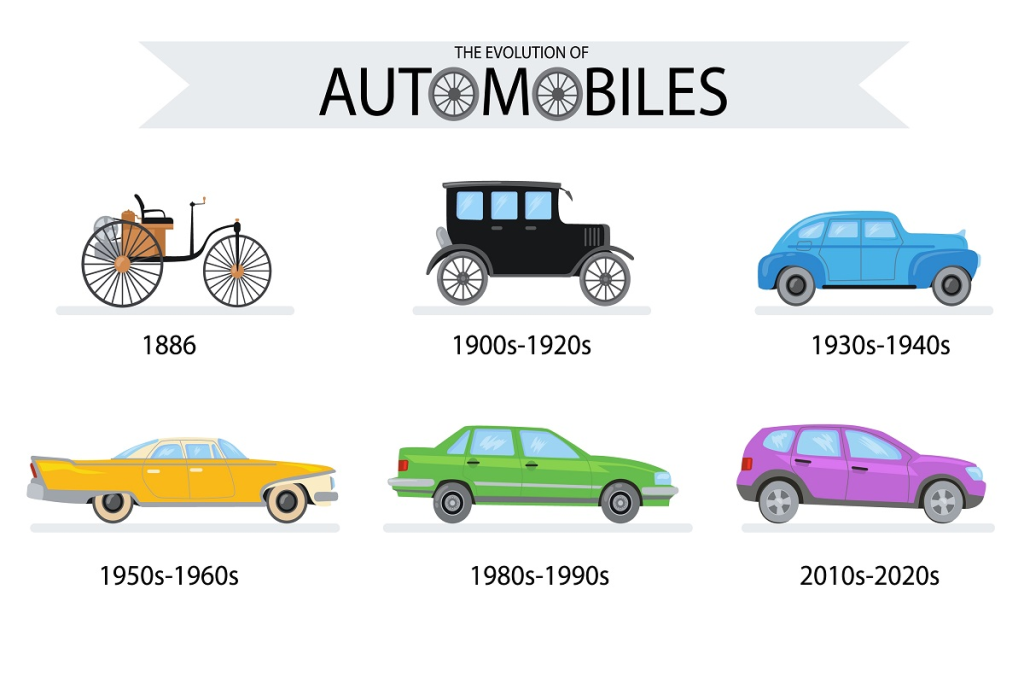History of World First Car: Driving the Future of Mobility

In 1885, Karl Benz created the first automobile powered by an internal combustion engine, known as the Benz Patent-Motorwagen. A year later, in 1886, he secured a patent for his invention, marking the beginning of the modern automobile industry.

Key Features of the Benz Patent-Motorwagen
- Engine – A 954cc single-cylinder four-stroke engine.
- Power Output – 0.75 horsepower (HP) at 400 RPM.
- Top Speed – Could reach up to 16 km/h (10 mph).
- Fuel – Ran on gasoline, which was a new concept at the time.
- Design – A three-wheeled vehicle with a lightweight steel frame.
- Braking System – Basic leather brake pads on the rear wheels.
- Steering – Used a simple lever system instead of a steering wheel.
The First Car Ride
In 1888, Bertha Benz, the wife of Karl Benz, made history by taking the first long-distance drive in the Benz Patent-Motorwagen. She traveled 106 km (66 miles) from Mannheim to Pforzheim, Germany, proving that the car was reliable for travel.

Impact of the First Car
The Benz Patent-Motorwagen changed the world by:
- Introducing gasoline-powered vehicles for personal transportation.
- Inspiring other inventors to improve car design and performance.
- Leading to the creation of the modern automobile industry.
- Making travel faster and more convenient compared to horse-drawn carriages.
Final Thoughts
The invention of the first car by Karl Benz in 1885 was a game-changer in transportation history. It laid the foundation for today’s automobiles, making travel easier, faster, and more efficient.
